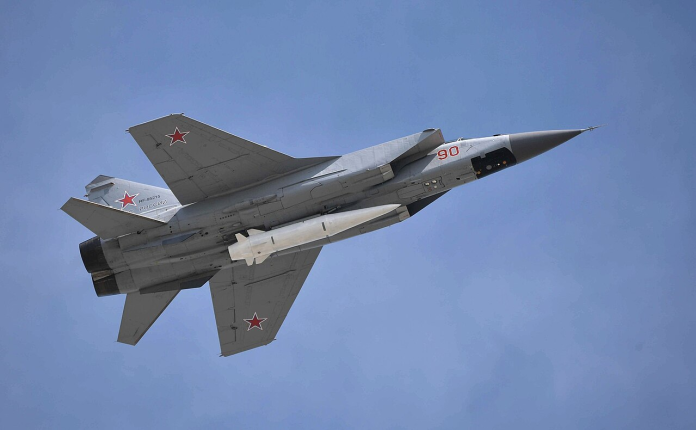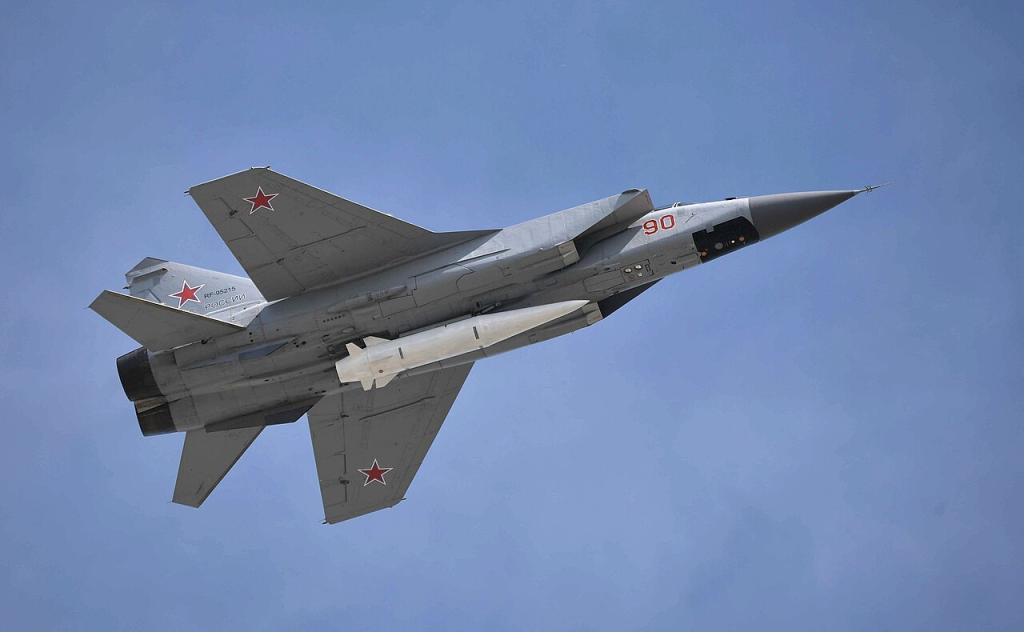
“Quality suffers to quantity when the goal is to exhaust.” That veteran adage, known in military strategy for decades, was glaringly apparent in Russia’s latest assault on Ukraine a 12-hour barrage with close to 500 drones and more than 40 missiles, including Kinzhal air-launched ballistic missiles. The barrage tore through multiple areas, killing civilians, leveling important infrastructure, and demonstrating the technology and tactics leap of Moscow’s air war.
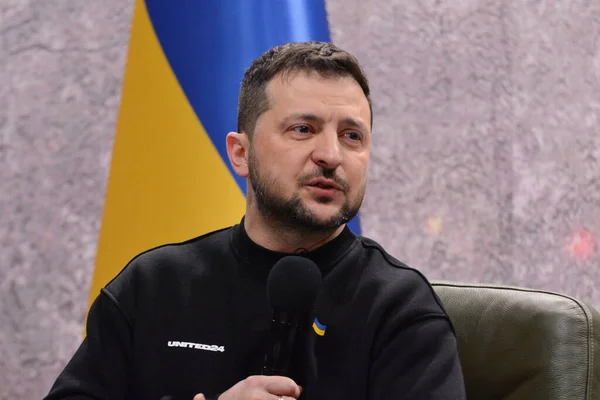
1. Scale and Duration of the Assault
President Volodymyr Zelenskyy described the strikes as “brutal” and “targeted terror against civilian cities.” Kyiv, Zaporizhzhia, Khmelnytsky, Sumy, and Odesa were most affected. The Institute of Cardiology in Kyiv was targeted, four people a 12-year-old girl included were killed, and at least 40 were wounded. The attack also coincided with the end of the UN General Assembly week, a timing Zelenskyy attributed as Russia’s “true position” on diplomacy.
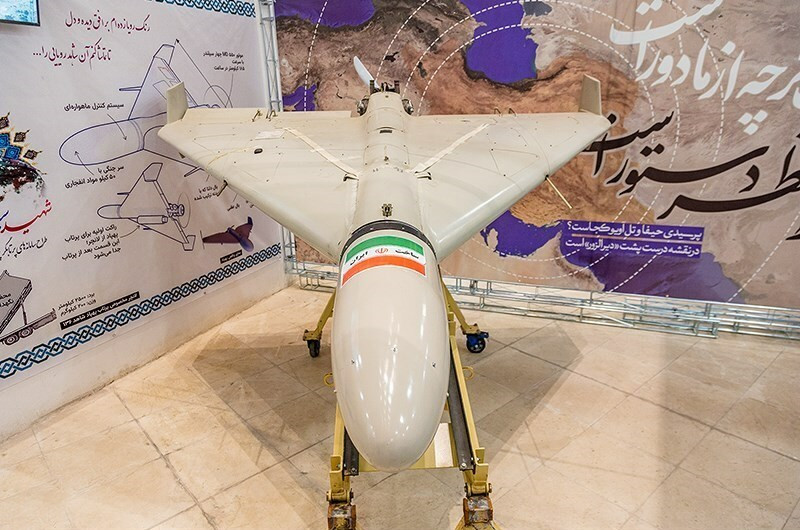
2. Shahed Drones: Attrition Engineering
Iran-made Shahed loitering weapon, now manufactured in numbers in Russia, has been the centerpiece of Moscow’s cost-imposition initiative. Each one costs around $20,000–50,000, a fraction of the price tag of interceptors like the Patriot PAC-3 at approximately $4 million per missile. Russia tolerates loss rates over 75 percent, relying on sheer quantity to saturate Ukrainian defenses. Production has increased to 2,000 units per month, and it aims to nearly triple production. More sophisticated models such as the Shahed-238 have software-defined radios and hardened guidance systems and are more resistant to jamming.
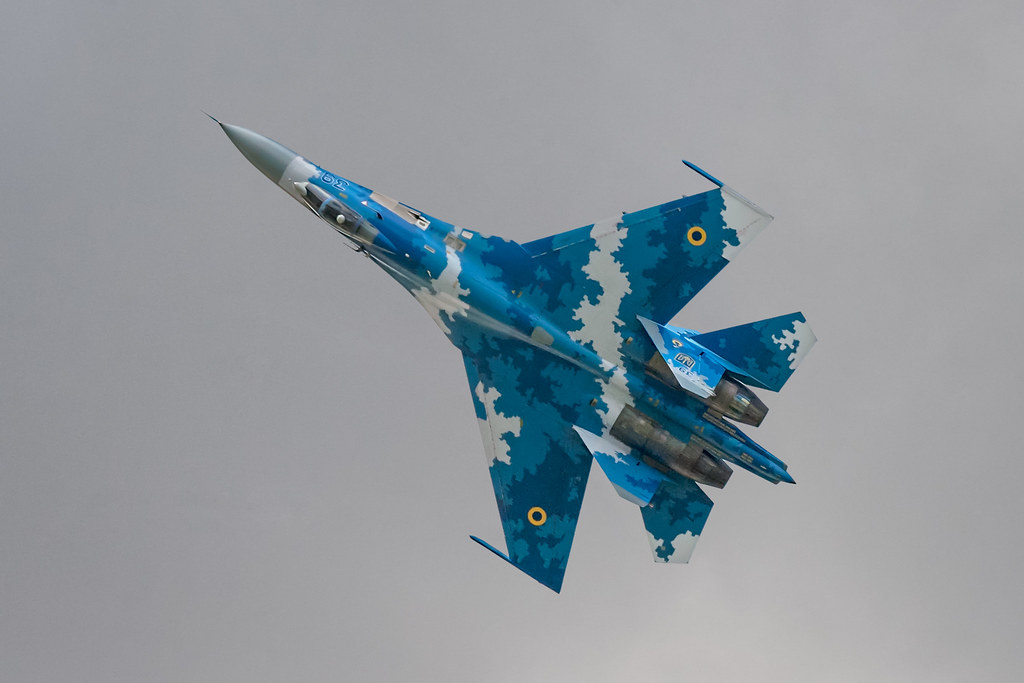
3. Tactical Changes in Drone Deployment
New Russian tactics include the swarming of hundreds of drones onto a single or two cities rather than dispersed over the nation. Shaheds now fly either above 3–4 kilometers, beyond the reach of mobile cannon units, or at roof level trying to be overlooked. Ukrainian Air Force records show penetration has risen threefold, with 15 percent of drones breaking through defenses from April to June compared with 5 percent in the earlier part of the year.
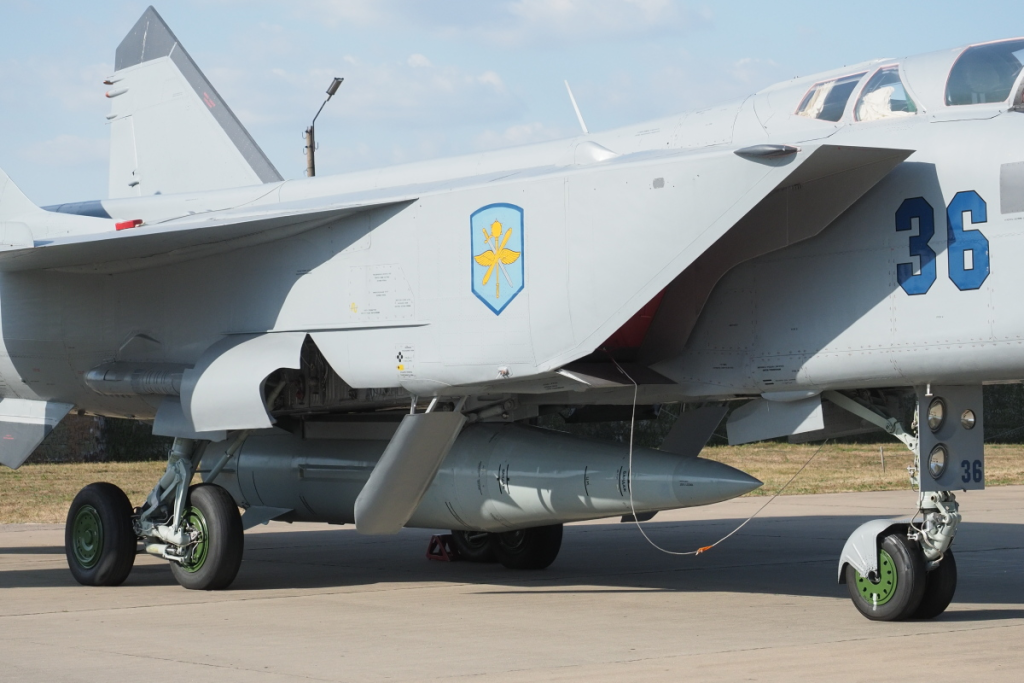
4. Kinzhal Missiles: Myth vs. Reality
While labeled “hypersonic,” Kinzhal is a ballistic missile launched from the air and has a top speed of over Mach 5, a figure already reached in 1944 by the German V-2 rocket. Ukraine’s ability to shoot down entire volleys of Kinzhals proves them anything but invincible. Unlike hypersonic glide vehicles or cruise missiles, Kinzhals possess stable ballistic trajectories, which can be countered by modified missile defense systems such as the American Aegis system.
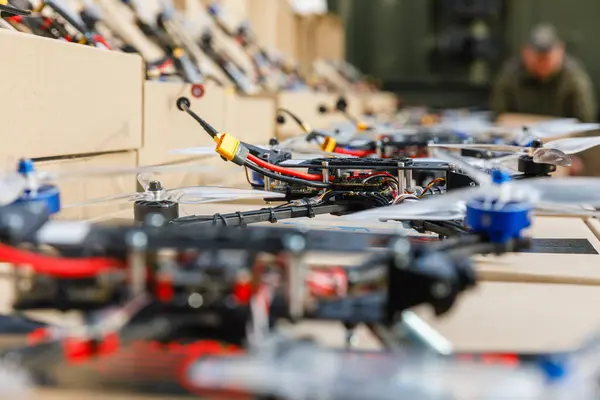
5. Air Defense Innovation and Countermeasures
Ukraine’s layered defense integrates radar, acoustic sensors, and the DELTA command-and-control system to control mobile anti-aircraft units, electronic warfare, and even light aircraft interceptors. Emerging solutions include high-energy lasers such as RTX’s 50-kilowatt DE M-SHORAD and Rheinmetall’s demonstrated 50-kilowatt demonstrator that provide low-cost, rapidly acquired drone engagement. Interceptor drones, which are being made from first-person view (FPV) platforms, are being developed to travel at over 200 km/h speed, fly up to 6 km of altitude, and drop warheads up to 1.2 kg for direct or indirect target killings.

6. Economic Lifelines Behind the War Machine
Russia’s ability to finance such attacks is tied to fossil fuel revenues, which continue to average EUR 564 million per day amidst sanctions. Sanctioned oil is transported by ghost tanker fleets, with older vessels posing ecological threats. Cutting the cap on the price of oil to USD 30 per barrel would cut revenues by 40 percent, tightening financing for drone and missile production.
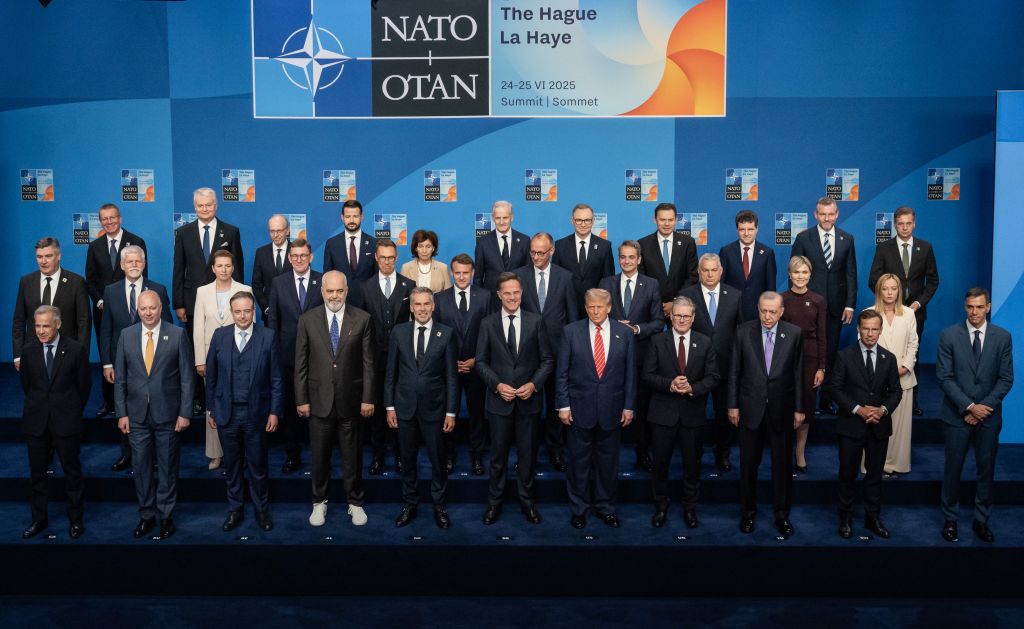
7. International Airspace and Regional Security
The scale of the strike prompted Poland to scramble fighters and close airspace around Lublin and Rzeszow. Recent developments, such as 92 drones flying towards Poland in a “choreographed” formation, suggest Moscow’s probing of NATO air defense capabilities. Drones have also been spotted over Danish and Norwegian military bases, and Russian fighters have probed Estonian airspace.
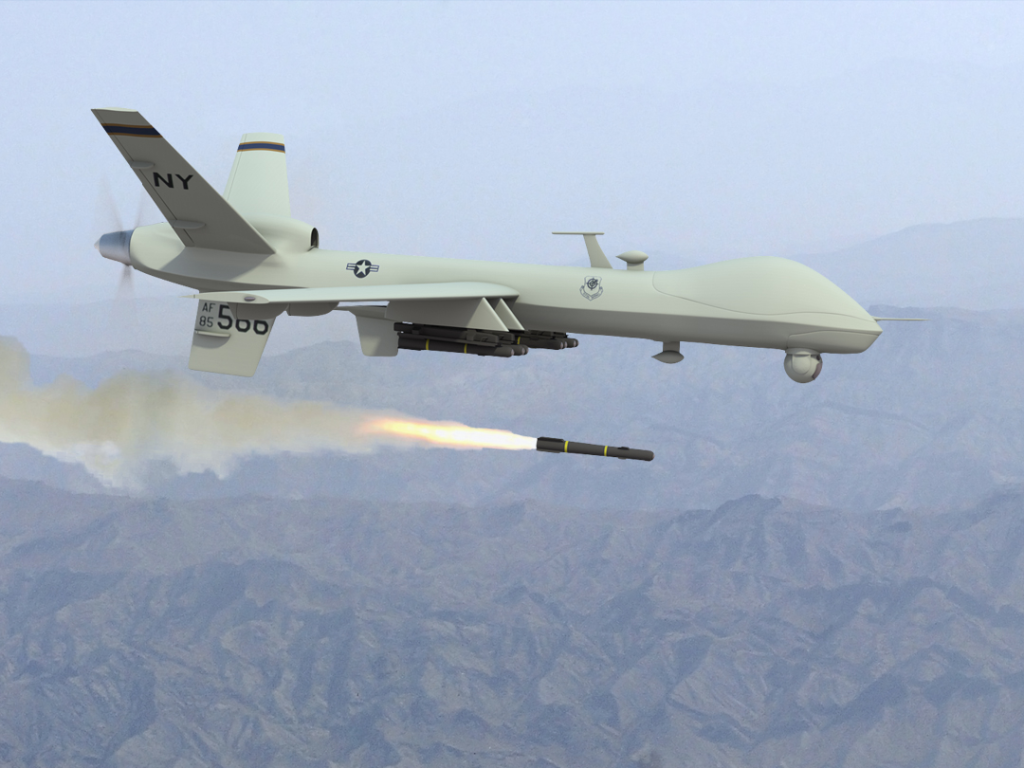
8. Psychological and Civilian Impact
The UN High Commissioner for Human Rights reported that 232 civilians died and 1,343 were injured in July, the highest one-month death toll in three years. Repeated attacks push civilians into shelters for hours and result in sleep deprivation and stress, particularly among children and the elderly. The use of explosive weapons with area effects in urban areas is an issue of compliance with international humanitarian law.
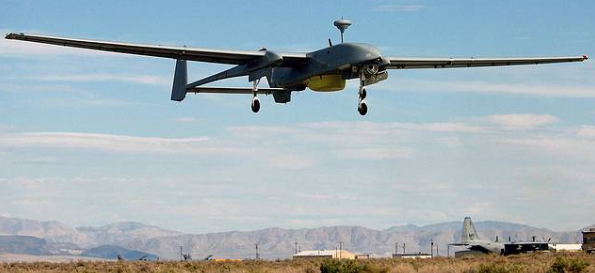
9. Future Directions in Drone Warfare
Russia also is in the process of producing jet-powered models like Geran-3 with 2,500 km range and up to 600 km/h speeds and Chinese-produced Garpiya-3 drones with 2,000 km range. Shahed platforms are being integrated with artificial intelligence, which would have the potential to use autonomous target recognition and adaptive flight patterns. These developments could also strain Ukraine’s defenses unless countered with steady innovation and supply chain disruption.
Ukraine’s response marching improvisation, industrial mobilization, and global assistance indicative of an understanding that survival in the era of drone over-saturation entails not merely intercepting threats but deconstructing the industrial and economic networks that support them.
